Disclosure: This article contains affiliate links. We may earn a commission from purchases at no extra cost to you, which helps our travel content.
The vermilion gates of Itsukushima Shrine emerge from the gentle tide, creating that iconic postcard image we've all seen countless times. But as I discovered during my recent autumn escape to Miyajima Island, this UNESCO World Heritage site offers far more than just its famous floating torii. Having spent years organizing luxury itineraries for clients seeking cultural immersion with a dash of adventure, I was determined to experience Miyajima beyond the standard day-trip circuit. What followed was a week of discovery that balanced spiritual encounters with adrenaline rushes, culinary delights with challenging hikes, and moments of solitude amidst one of Japan's most visited destinations. This guide is for couples seeking that perfect balance of adventure and cultural authenticity on an island that truly rewards those willing to venture beyond the well-trodden path.
Hiking Mt. Misen: Sacred Heights and Breathtaking Vistas
Standing at 535 meters, Mt. Misen isn't particularly imposing by mountaineering standards, but what it lacks in height, it more than makes up for in spiritual significance and panoramic splendor. As someone who's hiked across the Lake District and traversed Alpine trails, I can confidently say that Misen offers one of the most rewarding day hikes I've experienced.
Three distinct trails lead to the summit: the Daisho-in, Momijidani, and Omoto routes. For couples seeking both challenge and variety, I recommend ascending via the Daisho-in path (about 2.5 kilometers) and descending through the Momijidani route. The Daisho-in trail begins at the eponymous temple complex and winds through ancient forests dotted with stone lanterns and small shrines—perfect for those seeking both physical activity and cultural immersion.
About halfway up, the forest canopy occasionally parts to reveal glimpses of the Seto Inland Sea dotted with islands—a tantalizing preview of the summit view. I found myself stopping frequently, not just to catch my breath but to absorb the shifting perspectives as the elevation increased.
The final approach to Kuguri-iwa, a natural stone arch, signals you're nearing the summit plateau. Here, you'll find the Misen Hondo Hall and Reikado Hall, which houses a sacred flame said to have been burning continuously for 1,200 years. The flame was used to light the eternal flame at Hiroshima's Peace Memorial Park—a sobering connection to the region's recent history.
For the best experience, pack a hydration backpack as water sources are limited on the mountain. I started my hike early (around 8 AM) to avoid both crowds and the midday heat, even in autumn. This timing also allowed me to enjoy the summit almost entirely to myself before the ropeway passengers began arriving.
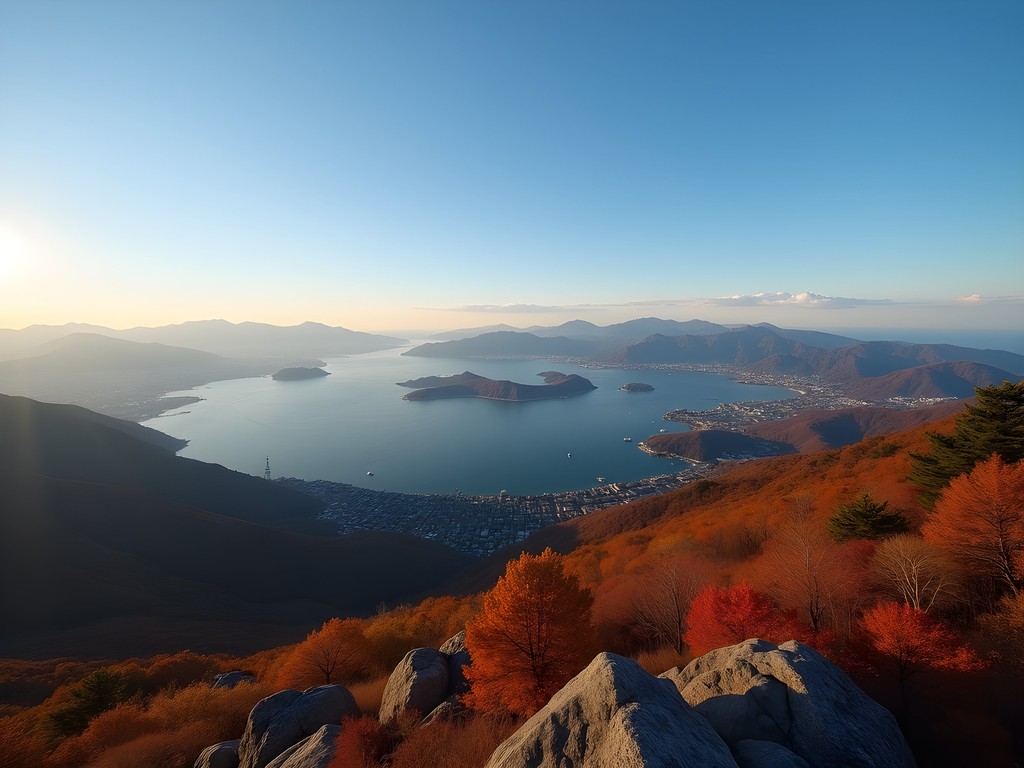
💡 Pro Tips
- Start early (before 9 AM) to avoid crowds and midday heat
- The Daisho-in route offers the most scenic and culturally interesting ascent
- Pack more water than you think you'll need, especially in warmer months
Sea Kayaking: A Different Perspective on the Floating Torii
While thousands of tourists jostle for the perfect photo of the floating torii from the shoreline, I discovered a far more intimate way to experience this iconic structure—by sea kayak at sunrise. There's something profoundly moving about silently gliding across the water as the first light illuminates Itsukushima's vermilion gates, with barely another soul in sight.
Several operators offer guided kayaking tours around the island, but I opted for a sunrise expedition with a local guide named Kenji, who combines kayaking instruction with cultural and ecological insights. Our small group of four paddled out from a beach near the Miyajima ferry terminal just before dawn, equipped with stable sit-on-top kayaks perfect for beginners and intermediates alike.
As we rounded the coastline toward Itsukushima Shrine, the morning light began to transform the scene before us. The shrine and its famous torii appeared to hover between sea and sky in the misty morning air—a perspective entirely different from the standard viewing areas. What struck me most was the silence; only the gentle sound of our paddles breaking the water's surface accompanied the visual spectacle.
After photographing the torii from various angles (my waterproof phone case proved invaluable here), we continued around the island's coastline, exploring small caves and inlets inaccessible by land. Kenji pointed out oyster farms—Miyajima's other claim to fame—and we occasionally spotted Japanese macaques foraging along the shoreline.
For couples seeking a unique shared adventure, this kayaking experience creates memories far beyond what standard tourism offers. The physical activity is moderate and suitable for most fitness levels, though some upper body strength is helpful. Most tours last 2-3 hours, providing enough time to circle a significant portion of the island while still leaving your afternoon free for other explorations.

💡 Pro Tips
- Book sunrise kayaking tours at least a week in advance as they're limited and popular
- Wear quick-dry clothing and bring a change of clothes for after the tour
- Waterproof protection for your camera or phone is essential
Forest Bathing in Momijidani Park
Japan gave the world the concept of shinrin-yoku or 'forest bathing'—the practice of immersing oneself in forest atmospheres for mental and physical wellbeing. Miyajima offers one of the most sublime settings for this practice at Momijidani Park, a verdant valley that transforms into a tapestry of crimson and gold during autumn.
While technically a park, Momijidani feels more like an enchanted forest, with ancient maple trees lining a bubbling stream that cascades down from Mt. Misen. Stone bridges crisscross the water at various points, creating perfect meditation spots where the sound of flowing water drowns out any remnants of the tourist bustle near the shrine.
During my visit in late November, the autumn colors were reaching their peak intensity. I spent one entire afternoon here with my travel journal, alternating between mindful walking and simply sitting on moss-covered stones to absorb the sensory experience. The Japanese practice of forest bathing isn't about hiking or exercising—it's about presence and allowing the forest environment to engage all your senses.
For couples, Momijidani offers a chance to reconnect through shared silence. My recommendation is to visit early morning or late afternoon when the light filtering through the maple canopy creates an almost otherworldly atmosphere. The park is also considerably less crowded during these hours, enhancing the sense of intimacy with nature.
Bring a thermos of green tea, find a secluded spot by the stream, and simply be present together. It's these quiet moments of connection—both with nature and each other—that often become the most treasured memories of a journey.
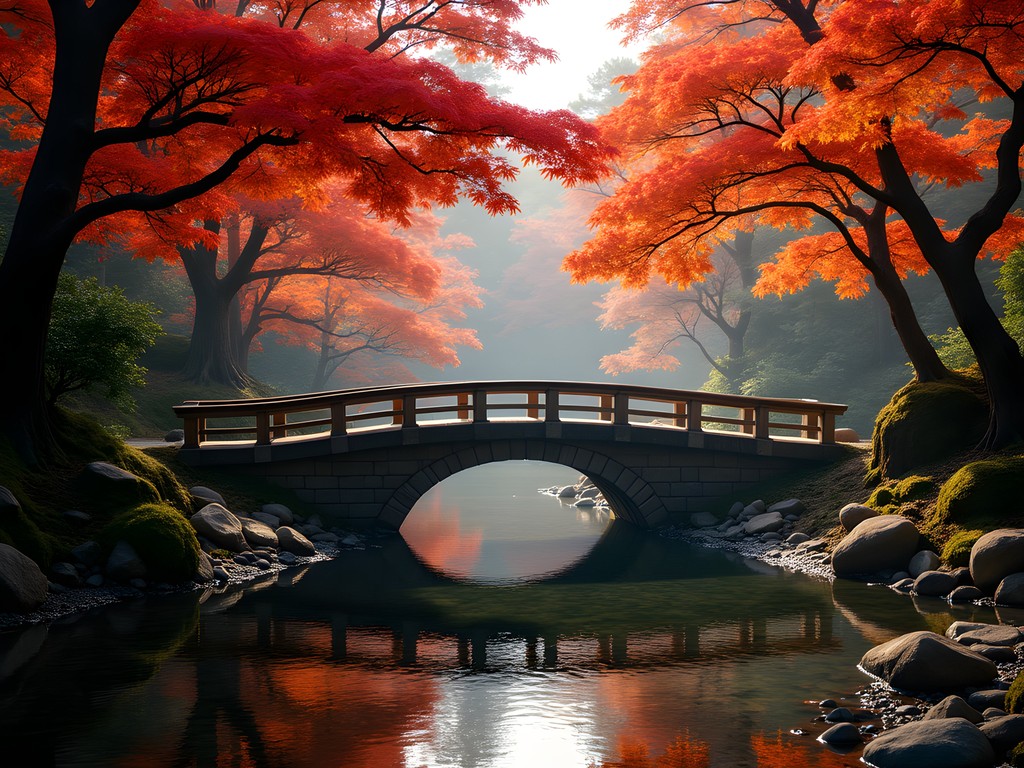
💡 Pro Tips
- Visit early morning (before 9 AM) or late afternoon (after 3 PM) to avoid crowds
- Wear comfortable shoes that can handle potentially muddy paths after rain
- Pack a small picnic and find a private spot away from the main path
Night Kayaking and Bioluminescence Tours
Perhaps the most unexpected adventure I discovered on Miyajima was a night kayaking tour that showcased a different kind of illumination—natural bioluminescence in the Seto Inland Sea. While this activity is weather-dependent and seasonal (best from late summer through early autumn), it offers an almost mystical experience for those lucky enough to catch the right conditions.
I joined a small group led by an experienced marine biologist who explained the science behind the phenomenon while guiding us to areas where bioluminescent plankton concentrations were highest. Launching our kayaks as the last light faded from the sky, we paddled away from light pollution into the darkness of a protected cove.
The experience begins with your eyes adjusting to the darkness. Then, almost imperceptibly at first, you notice a faint blue glow trailing behind your paddle strokes. As you continue further from shore, each movement through the water creates swirls of ethereal blue light. Running your hand through the water produces what looks like liquid stars flowing between your fingers.
What makes this experience particularly special for couples is the shared sense of wonder it evokes. There's something profoundly connecting about floating together in darkness, witnessing one of nature's most magical displays. Our guide encouraged periods of silence, where we simply drifted and observed, creating space for the kind of meaningful moments that travel at its best can facilitate.
For safety and comfort during night paddling, I highly recommend bringing a headlamp with a red light setting (to preserve night vision) and wearing quick-dry clothing with an additional warm layer, as temperatures can drop considerably after sunset even in autumn.
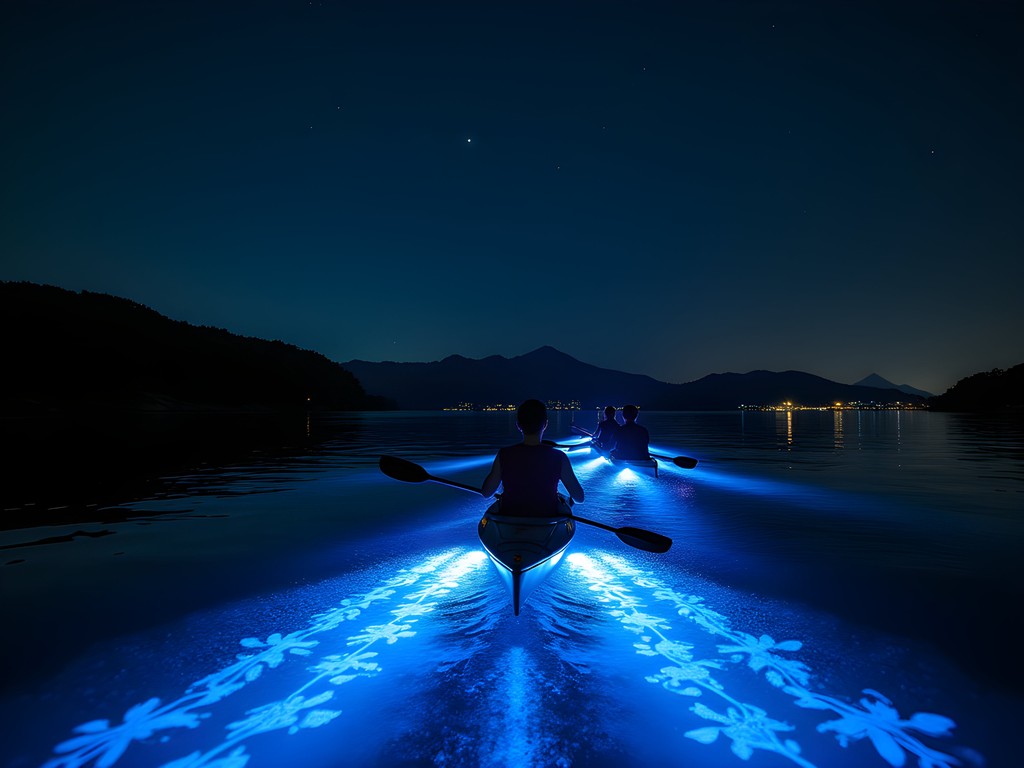
💡 Pro Tips
- Book well in advance as these specialized tours have very limited spots
- Choose dates around the new moon for optimal darkness and bioluminescence visibility
- Bring a warm, water-resistant jacket even in warmer months as evenings on the water can be chilly
Cultural Adventures: Shakushi Making and Tea Ceremonies
Adventure on Miyajima isn't limited to physical pursuits—cultural immersion offers its own form of exhilaration. One of my most memorable experiences was participating in a traditional shakushi (rice scoop) carving workshop. These wooden scoops are Miyajima's traditional craft, considered lucky talismans for the home.
In a small workshop tucked away in one of the island's back streets, I spent a fascinating afternoon learning the basics of this craft from a third-generation artisan. The process begins with selecting a piece of Japanese white oak, the traditional wood used for these implements. Under careful guidance, I learned to shape the wood using specialized tools, gradually transforming a rough block into the distinctive oval scoop shape.
What makes this experience special for couples is the shared creative process and the meaningful souvenir you create together. My shakushi now occupies a place of honor in my Bristol kitchen—a functional memento that brings back memories of Miyajima every time I use it.
Equally enriching was participating in a traditional tea ceremony at Kikugetsutei, a tea house overlooking the sea. More than just drinking tea, this ritual embodies fundamental concepts in Japanese culture: harmony, respect, purity, and tranquility. The ceremony takes place in a tatami room with sliding doors opened to frame the view of the Seto Inland Sea—nature itself becomes part of the aesthetic experience.
Our tea master explained each deliberate movement as she prepared the matcha, from the precise way she folded the cloth to the specific angle at which she held the bamboo whisk. As participants, we learned the proper way to receive the tea bowl, how many times to turn it before drinking, and the appropriate phrases to exchange.
For those seeking to deepen their understanding of Japanese aesthetics, I recommend purchasing a quality tea ceremony set to continue practicing this mindful ritual at home. The muscle memory of these precise movements becomes a form of moving meditation that can transport you back to this island long after you've returned home.
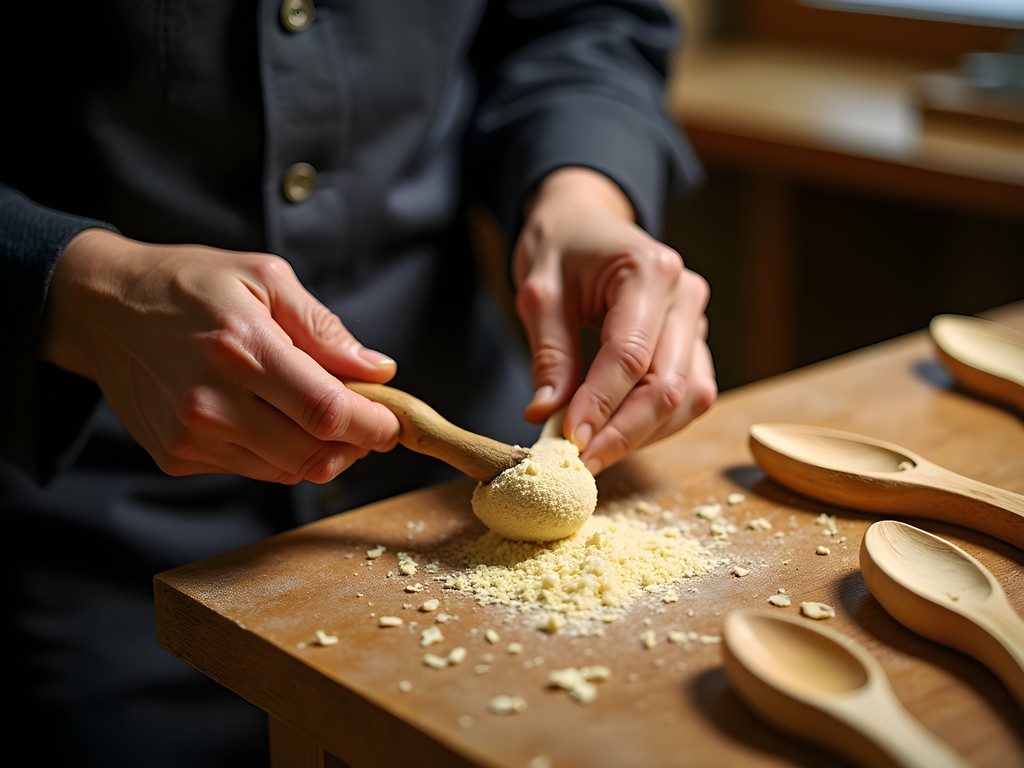
💡 Pro Tips
- Book cultural workshops at least 3-4 days in advance during peak seasons
- Wear comfortable clothing that allows for sitting on tatami floors for extended periods
- Learn basic Japanese phrases related to these activities for a more authentic experience
Final Thoughts
As the ferry pulled away from Miyajima's shores on my final day, I watched the famous torii gate recede into the distance—now familiar from multiple perspectives: from mountain heights, kayak level at dawn, and illuminated by night. What began as a simple desire to explore beyond the postcard image had evolved into a week of adventures that engaged body, mind, and spirit. Miyajima rewards the curious traveler who stays longer and digs deeper, revealing layers of natural beauty and cultural richness that day-trippers never experience. For couples seeking to create shared memories through adventure, this sacred island offers the perfect balance of physical challenge, cultural immersion, and moments of tranquil connection. Whether you're paddling through bioluminescent waters under starlit skies or mindfully sipping matcha with the floating shrine in view, Miyajima offers transformative experiences that will continue to resonate long after you've returned home. The true magic of this island isn't just in its iconic gate but in the countless adventures waiting beyond it.
✨ Key Takeaways
- Stay overnight on Miyajima to experience the island without day-trip crowds
- Balance physical adventures like hiking and kayaking with cultural immersion for a more meaningful experience
- Autumn offers the perfect combination of comfortable temperatures, reduced humidity, and spectacular foliage
📋 Practical Information
Best Time to Visit
Mid-October to late November for autumn colors; March to May for spring
Budget Estimate
$150-200 per day per couple (accommodations, activities, meals)
Recommended Duration
3-5 days minimum to experience beyond day-trip attractions
Difficulty Level
Moderate (Some Activities Require Basic Fitness)















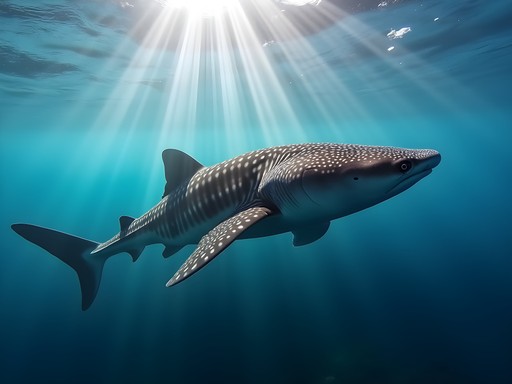
Comments
dreamone6993
That sunset shot of the torii gate is absolutely stunning! 😍
islandwalker545
Just got back from Japan and Miyajima was definitely a highlight! We followed your advice about the forest bathing and it was so peaceful. The contrast between the busy shrine area and the quiet forest paths is amazing. One thing I'd add - the deer on the island are VERY interested in any food or paper maps you might be carrying! Had one try to eat our ferry tickets right out of my hand, lol. For anyone planning a visit, the oysters grilled at the street stalls are incredible - don't miss them!
George Hayes
Great post, Timothy! We took our kids (8 and 11) to Miyajima last year and can confirm it's fantastic for families too. The forest bathing in Momijidani Park was surprisingly engaging for them - they loved spotting different plants and wildlife. For the sea kayaking, we booked with Miyajima Kayak Tours who provided kid-sized life vests and even had tandem kayaks so our youngest could paddle with me. One practical tip: we stayed overnight on the island and it was magical once the day-trippers left. We used our waterproof phone case constantly during kayaking and it was a lifesaver for taking photos on the water. The night views of the illuminated shrine are something special!
sunnyperson
Where did you stay on the island? Any recommendations?
George Hayes
We stayed at Iwaso Ryokan - bit pricey but traditional experience with amazing food. There are cheaper minshuku options too. Book early though, accommodation is limited!
sunnyperson
Going to Miyajima next month! How crowded was it? Best time of day to see the torii gate?
islandwalker545
Not the author but I was there in May. Early morning (before 8am) is magical - way fewer people and great light for photos. Check tide times online to see it 'floating'!
Marco Flores
Timothy, you've captured the essence of Miyajima perfectly! I visited last autumn and also went beyond the typical tourist path. The Mt. Misen hike was challenging but SO worth it - those wild monkeys near the summit were quite the characters! One tip for anyone planning the hike: start early to avoid crowds and midday heat. I actually did the sea kayaking too, but missed the night tour with bioluminescence - definitely adding that to my list for next time. Did you try the local momiji manju cakes? The shops near Daisho-in Temple had some amazing flavors!
dreamone6993
How difficult is the Mt. Misen hike? I'm not super fit but want to try it!
Marco Flores
It's moderate - takes about 1.5-2 hours up. There are rest stops and the path is well-maintained. You can also take the ropeway part way if you want to skip the steepest section. Bring plenty of water!
citylife9045
Those night kayaking photos are incredible! Had no idea you could see bioluminescence there!
islandbackpacker
Just got back from Miyajima last week! Wish I'd seen this post before going - had no idea about the night kayaking options. We did manage to hike Mt. Misen though and the views were totally worth the sweaty climb. The deer were super friendly (maybe too friendly when we had snacks lol). Anyone planning to go - bring good walking shoes and lots of water for the hike!
Amit Sullivan
Those deer are professional snack thieves! I had one steal a map right out of my back pocket. 😂
islandbackpacker
Haha exactly! One tried to eat my ferry ticket while I was taking photos. Lesson learned!
Douglas Bradley
Excellent coverage of Miyajima beyond the obvious tourist spots, Timothy. Having visited three times now, I'd add that the island transforms completely after the day-trippers leave on the last ferry. For anyone reading this, consider staying overnight at a ryokan - you'll experience a completely different island. The morning prayer ceremonies at Daisho-in Temple (often overlooked in favor of Itsukushima) create a profound experience if you arrive before 7am. Also, the Mt. Misen hike difficulty varies significantly between the three available trails - Daishoin route offers the most diverse scenery but requires decent fitness. The restoration work on the torii gate should be completed by late 2023, so visitors in 2024 will see it in full glory again.
coffeephotographer
Your photos are stunning! What's the best time of day to photograph the floating torii? I'll be there next month and want to catch the best light.
Timothy Jenkins
Thank you! Early morning (6-7am) was my favorite - fewer crowds and beautiful soft light. Late afternoon also works well. Just check the tide tables online before you go - high tide gives you that classic 'floating' effect!
coffeephotographer
Perfect! I've got my travel tripod ready to go. Thanks for the tide table tip - wouldn't have thought of that!
Owen Owens
Timothy, you've captured the essence of Miyajima perfectly! I've been visiting Japan for decades and Miyajima remains one of my favorite spots precisely because of these hidden adventures. One addition to your excellent list: try the early morning hike to see the sunrise from Mt. Misen if you're staying overnight on the island. The morning mist rising through the forests as the sun breaks over the Inland Sea is something I'll never forget. And those curious deer will have the paths all to themselves at that hour! Looking forward to your next adventure report.
Venture X
Premium card with 2X miles, $300 travel credit, Priority Pass